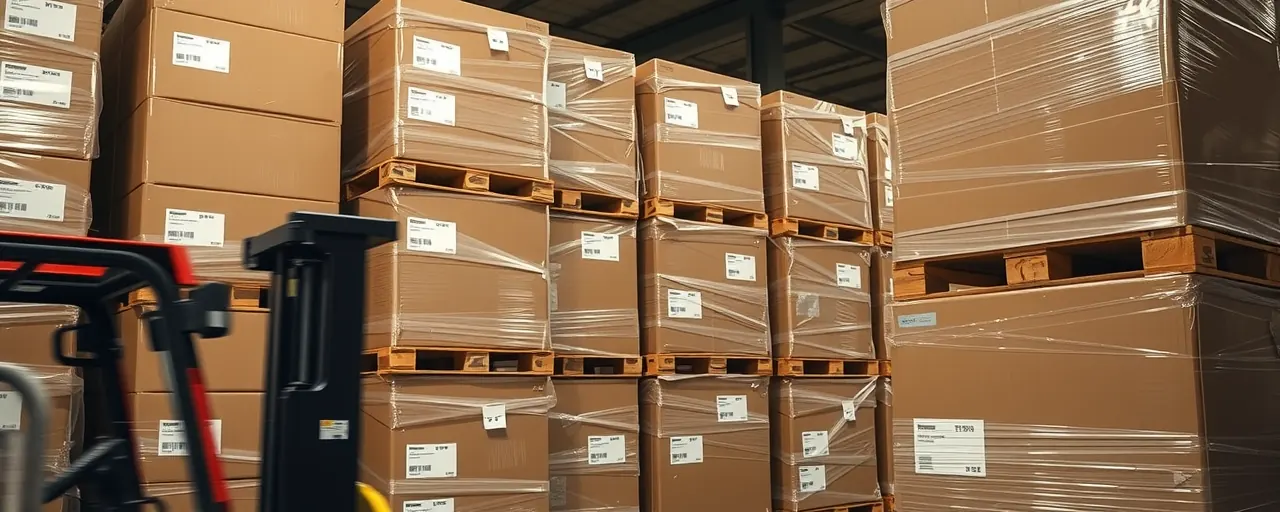Trade Policies Under Scrutiny
In 2025, tariffs dominate economic conversations across the U.S. A flat 10 percent tax on all imports, coupled with steeper duties nearing 40 percent on Chinese goods, has transformed trade flows. A temporary Geneva agreement recently trimmed U.S. tariffs on Chinese imports from 45 to 30 percent, easing some pressure. Still, this pause has sparked intense discussions among lawmakers, manufacturers, and everyday consumers about the broader implications for prices, jobs, and America’s global standing.
The stakes feel higher than ever. Tariffs, once a niche policy tool, now shape daily life, from factory output to supermarket shelves. Their return reflects a world grappling with rivalry and uncertainty. To grasp their impact, we need to explore why tariffs are back, how they affect wallets and workplaces, and what they mean for the future.
The Forces Behind the Tariff Surge
Tariffs have become a key weapon in a tense global landscape. Rivalries, especially between the U.S. and China, have turned trade into a battleground for influence. Governments use duties, export limits, and investment checks to secure critical supply chains and assert power. For the U.S., tariffs aim to counter China’s trade practices while reviving domestic industries. This approach reflects a broader shift, where economic security often trumps open markets.
Domestically, tariffs align with a renewed focus on self-reliance. Proponents argue they protect American workers and correct decades of trade imbalances. They see the decline of manufacturing as proof that globalized trade has shortchanged the U.S. Yet critics highlight risks, like higher costs and strained alliances. Past tariff missteps, such as the 1930 Smoot-Hawley Act, which worsened the Great Depression, remind us of the delicate balance between protection and prosperity.
Counting the Costs
Tariffs carry a hefty price tag for consumers. Estimates suggest U.S. import duties could push consumer prices up by 1.7 percent, adding about $2,800 to yearly household expenses. With inflation expectations hitting 7.3 percent, a decades-high mark, retailers are bracing for impact. Over 400 S&P 500 firms have flagged tariffs as a profit squeeze, and major stores predict pricier goods, from clothing to electronics, even with lower duties.
On the flip side, tariffs are fueling a manufacturing revival. Firms are relocating production to the U.S., Mexico, and Canada to bypass tariffs and streamline supply chains. Since 2010, over 300,000 jobs have returned stateside, with 180,000 more added in 2023. Mexico now outranks China as the U.S.’s top trade partner, bolstered by the USMCA. But challenges loom: higher labor costs and a projected 1.9 million worker shortfall by 2035 could limit these gains.
Voices on Both Sides
The tariff debate cuts across practical concerns. Many Republican voters and business leaders champion tariffs as a defense against unfair trade. They argue that targeted duties safeguard jobs, boost manufacturing, and strengthen national security. A recent poll shows 68 percent of Republicans support the administration’s trade policies, with 20 percent strongly in favor. For them, tariffs are a bold step toward economic independence.
Consumer advocates and some Democratic lawmakers push back, warning that tariffs raise living costs, especially for low-income families. They also argue that supply-chain disruptions hurt smaller businesses. While a subset of progressive Democrats backs narrowly tailored tariffs to advance labor or environmental goals, many caution against sweeping measures. Historical cases, like Venezuela’s tariff-triggered shortages, highlight the dangers of overreach. The goal is a policy that protects without causing undue harm.
Navigating the Road Ahead
The future of tariffs remains uncertain. The Geneva truce offers a momentary breather, but its fragility keeps tensions high. Policymakers must weigh economic security against affordability. Tariffs can spark industrial growth, yet they also risk inflation and trade conflicts. Reshoring promises jobs and stability, but retooling supply chains demands hefty investment. Each decision shapes the economy in profound ways.
Tariffs are redrawing the economic map, with real consequences for households and businesses. They hold the potential to revitalize industries but could also stretch budgets thin. As the U.S. charts its course, the global community watches closely. The choices made now will echo beyond borders, influencing trade and power dynamics for years.
For consumers, workers, and companies, adaptation is key. The promise of a stronger economy sits alongside the reality of rising costs. The challenge lies in crafting policies that deliver growth without leaving anyone behind. As debates unfold, the focus remains on finding a path that serves the nation’s long-term interests.
